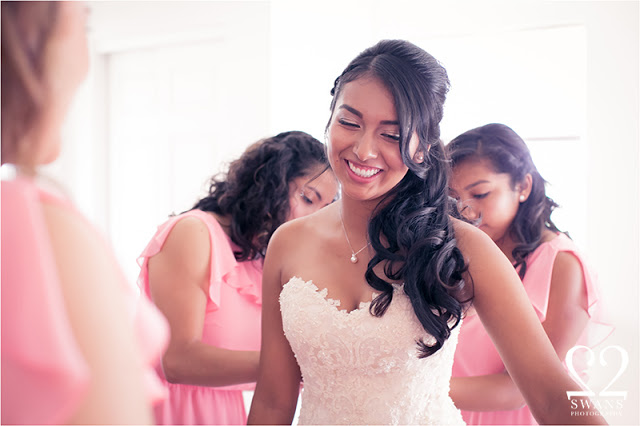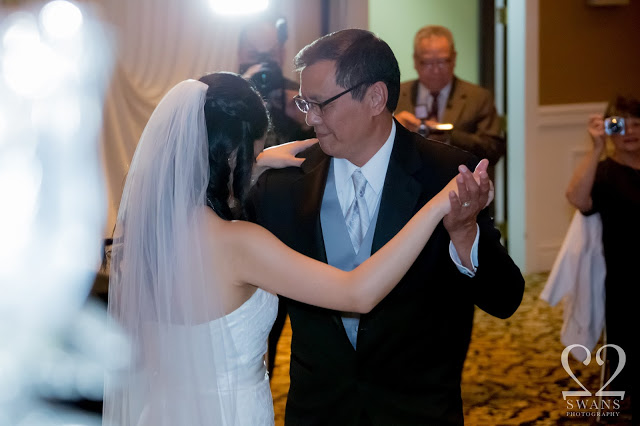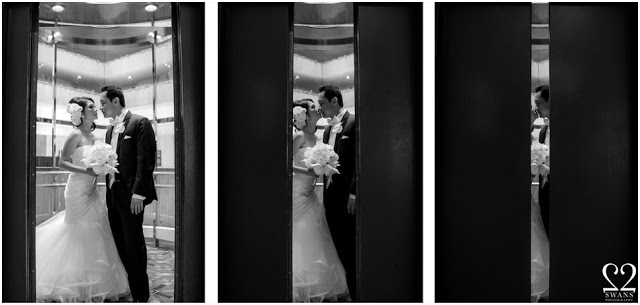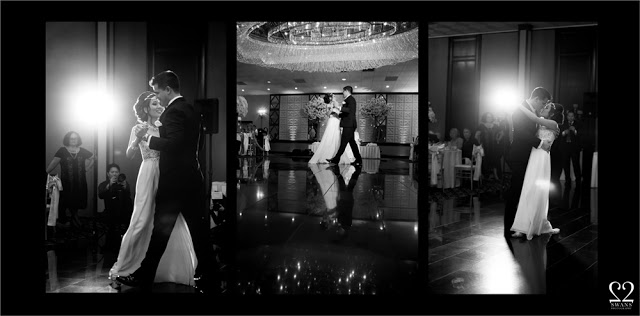A wedding photographer’s guide to ensure the best wedding photos
 Posted on December 6, 2015
Posted on December 6, 2015
 by 2swansPhotography
by 2swansPhotography  0
0 Top 6 Things To Do Before You Say ‘I Do’
In 2014, the average wedding costs over $31,000 with over $2,500 of that going towards wedding photography (“The Knot”). With such a steep financial investment, it’s no wonder why bad wedding photos cause so much distress. Besides the financial factor, these photos will follow you everywhere in life and will be passed down for generations. No pressure or anything – read on for the inside scoop on how to make sure your wedding photos turn out beautifully!
As a wedding photographer who has done countless weddings over the years, I’ve gathered a comprehensive to-do list to prevent wedding photo disasters. Nothing in life is guaranteed to turn out perfectly, but learning from others’ mistakes will maximize the likelihood of a picturesque outcome. The top six things to do for great wedding photos are: make a schedule, create a guest photo list, assign tasks, minimize the amount of people, prepare for any kind of weather, and meet with your photographer in advance.
1. Make a Schedule
Weddings are usually hectic with tight schedules, family, friends, and acquaintances thrown in to complicate the mix. A typical wedding schedule devotes at least an hour to a private photo session with you, your brand new spouse, and your bridal party. The best photos tend to come from this session because the photographer has the most freedom to work with you. To allow plenty of time for your photo session, create a schedule -and most importantly, stick to it! For a glowing look, schedule an outdoor photo shoot during golden hour (the time just before sunset) for radiant and ethereal photos. If you’re unsure about the best time for photos, consult with your photographer!
2. Create a Guest Photo List
Even with a carefully thought out schedule, it’s easy to fall behind, especially when it comes to group photos. Due to the general confusion of a crowded environment, this task can be disorderly and time-consuming without proper preparation. The time spent finding Uncle Bob can significantly cut into the schedule. The precious minutes tick by, and before you know it, there’s no time left for your photo session. To prevent this regrettable outcome, prepare a thorough list of everyone you want to be in your group photos. Hand this list to a Type A personality who can be trusted to direct a large group of people.
3. Assign Tasks
The key to pulling off an organized wedding is to delegate responsibilities to other people. (Hint: bridesmaids are not there just to look pretty!) With obligatory guest photos taken care of, trust someone to keep an eye on the time and another with the responsibility of ensuring that you have everything you need. You may not think that you need assistance, but it’s easy to lose track of time and forget things when there is so much on your mind. I remember one photo session when a bride was horrified to realize that she had forgotten her wedding dress at another location far away. After waiting for her dress to arrive, the time allotted for her photo session was cut in half. She ended up resentful and disappointed with the limited number of photos. The lesson of the story is that assigning tasks saves time – and tears!
4. Minimize the Amount of People
Minimizing the number of bodies present during your photo session will help it proceed more efficiently. This rule applies not just to guests, but also your bridal party and other wedding professionals. More people lead to more distractions. Bridesmaids are the most reliable at arriving late and causing delays due to makeup and hair issues. If you insist on having a large number of bridesmaids, emphasize punctuality. Their focus should be on helping you get ready –not the other way around!
Keep in mind that quantity does not equal quality. The conventional logic is that the more photographers, the better, right? Wrong! In fact, more cameras crowding around you make it harder for your main photographer to capture solid shots. Your hired photographers should not have to compete with anyone else. It’s best to tell Uncle Bob to leave his DSLR at home and simply enjoy himself as a guest.
5. Prepare for Weather
Sad but true story: One summer, there was a wedding to be held entirely outdoors. A downpour and freezing gusts pushed the wedding party inside, abandoning the lovely wedding decorations to wither in the rain. The tragedy here is that there was no backup location for photos. As the majority of the wedding took place inside a church basement, the photos reflected the drab, grey walls and concrete floors. Needless to say, the couple’s wedding photos didn’t exactly look romantic. You can avoid this photo disaster by booking backup indoor locations. There are many stunning indoor photo spots that can promise photos just as gorgeous as outdoor parks. Hotel lobbies, such as the Hyatt Hotel in Chicago pictured here, offer a classy and elegant setting.
6. Meet With Your Photographer in Advance
Many photography packages come with an engagement session. Engagement sessions provide an important opportunity to familiarize yourself with your photographer’s style and to bring up any concerns that arise months before the big day. You may discover unflattering aesthetic choices or a questionable work ethic. A common misconception about photography is that there are no discernible differences between photographers. In fact, equipment and editing choices make a dramatic difference in how you look in photos. For example, your face looks different under a wide angle lens versus a telephoto lens. If you have any problems with your engagement photos, speak now or forever hold your peace. Most likely, your photographer will appreciate the feedback and take your preferences into consideration.
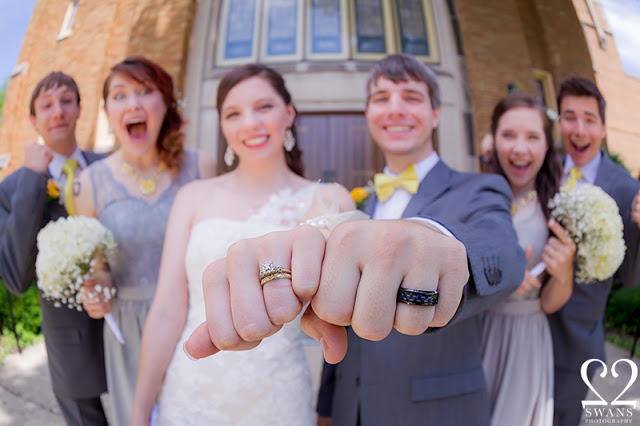
A wide angle lens creates distortions that are appropriate for silly photos but unsuitable for flattering portraits. © 2Swans Photography 2015
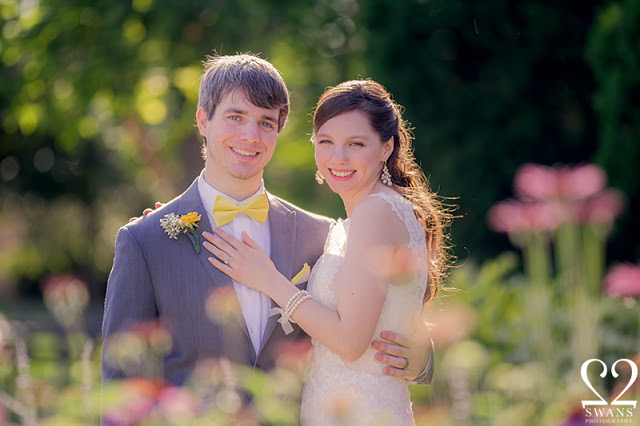
A telephoto lens creates a beautiful blurred background. Be sure your photographer knows his/her equipment! © 2Swans Photography 2015
Relax – Live in the moment!
My final piece of advice is to relax! Once you have checked off this list and prepared as much as you can, the only thing you can do is to enjoy your wedding day. The best photos are always the ones that depict genuine emotions.


